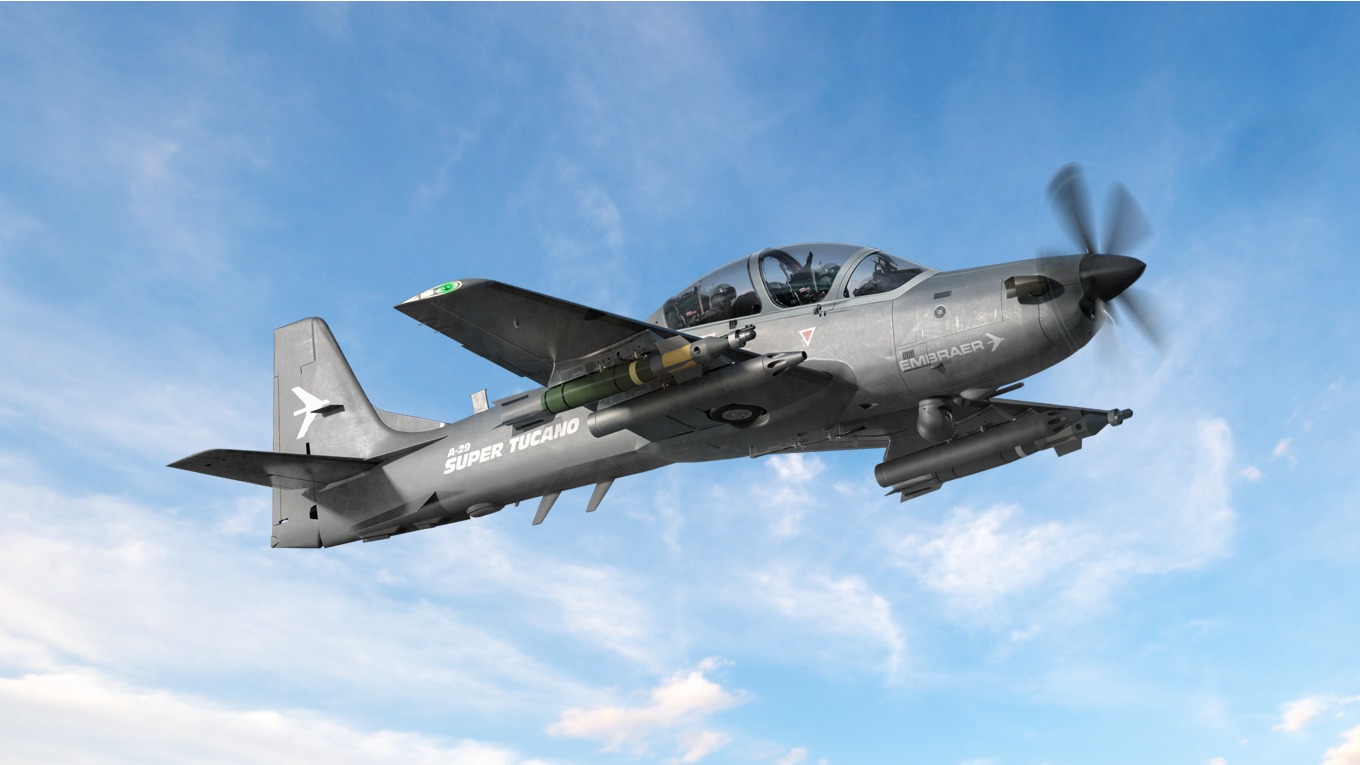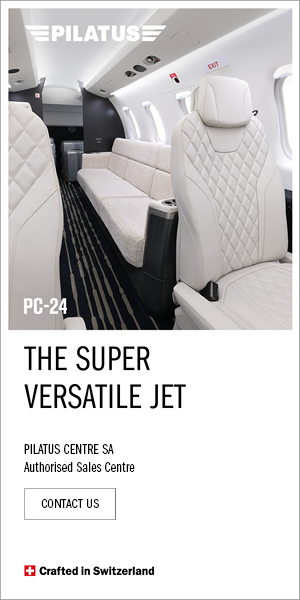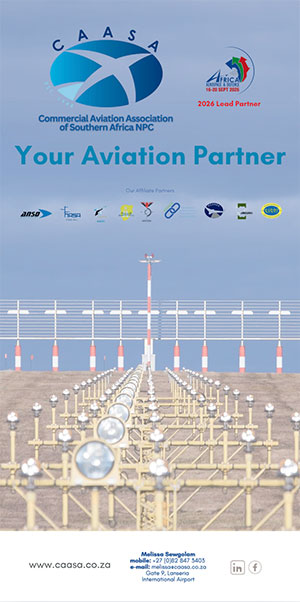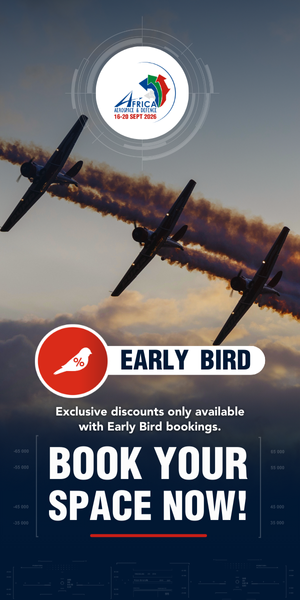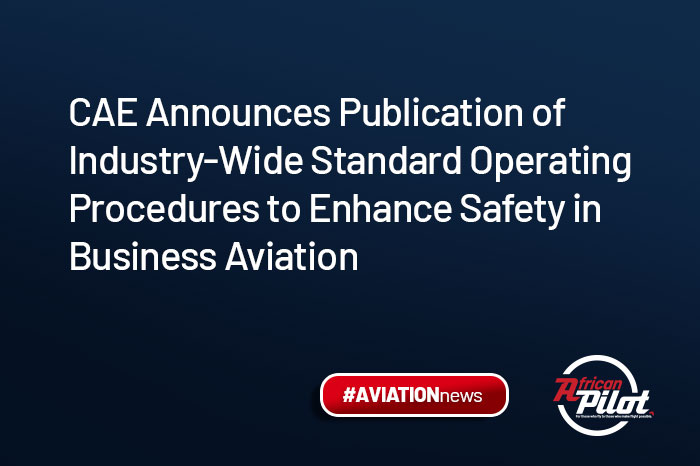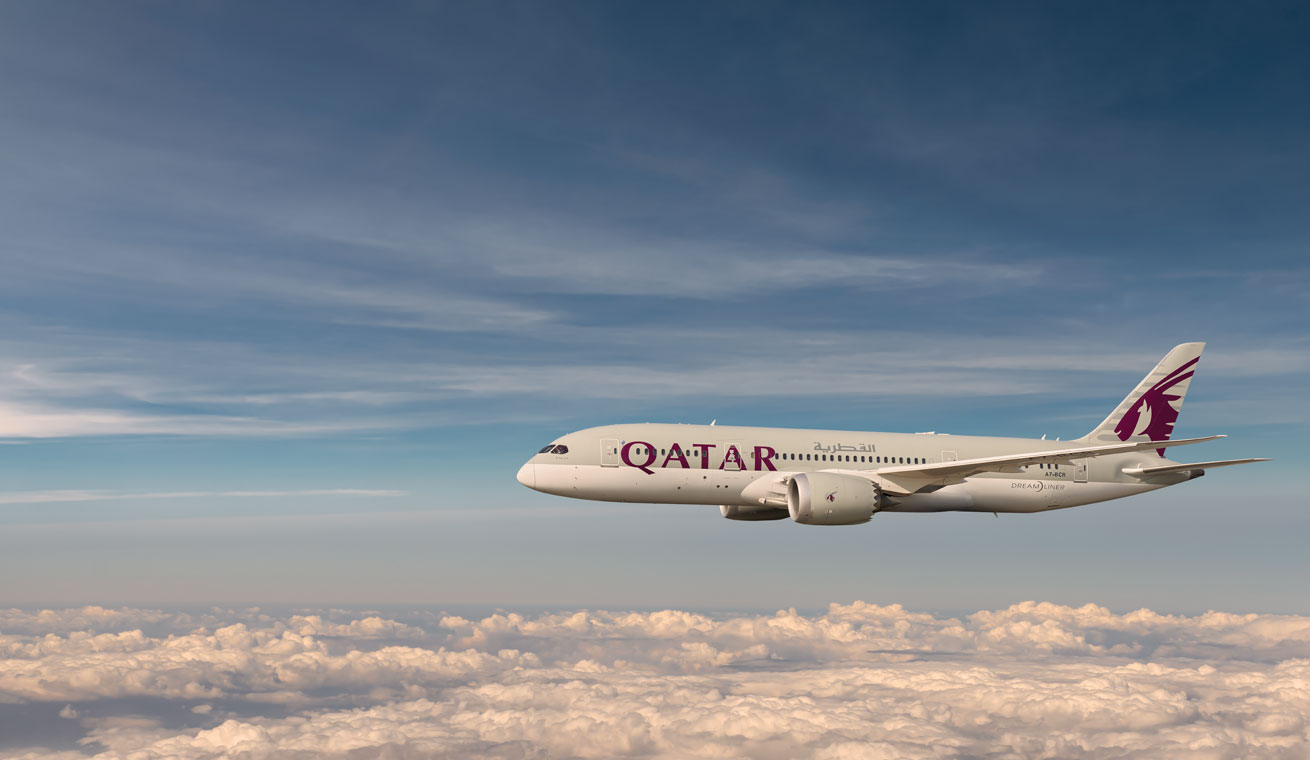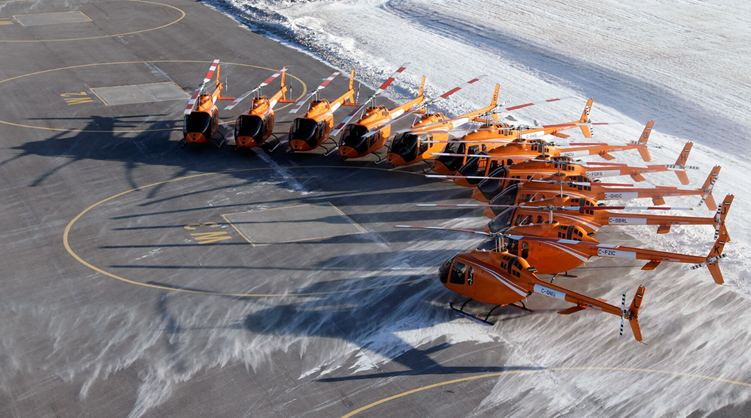- Combat Proven & Widely Adopted: Over 600,000 flight hours logged and selected by 22 air forces worldwide.
- Multi-Mission Versatility: Performs a wide range of missions including Advanced Pilot Training, Close Air Support (CAS), Armed ISR, JTAC Training, Air Interdiction, Reconnaissance, and Border Surveillance.
- NATO-Interoperable Variant Available: The A-29N features enhanced avionics and communication systems, meeting NATO operational standards.
- Low Cost, High Capability: Operates from unpaved runways in austere environments, with low maintenance needs and high reliability, ensuring a cost-effective lifecycle.
Embraer, a global leader in the aerospace industry, celebrated another significant milestone for the A-29 Super Tucano during the Paris Air Show. Selected by 22 air forces worldwide, the aircraft fleet has now accumulated 600,000 flight hours.
“It is a privilege to share this key achievement in the successful trajectory of the leading aircraft in its category. The A-29 Super Tucano is the only light attack, armed reconnaissance, and advanced training turboprop aircraft in production, with proven performance in combat around the world,” says Bosco da Costa Junior, President and CEO of Embraer Defence & Security.
For air forces seeking flexible combat proven and cost-efficient aircraft, the A-29 Super Tucano is the best choice. The A-29 offers a wide range of missions such as Advanced Pilot Training, CAS, Air Patrol, Air Interdiction, JTAC Training, Armed ISR, Border Surveillance, Reconnaissance and Air Escort.
Recently acquired by Portugal, the A-29N Super Tucano – a NATO (North Atlantic Treaty Organisation) interoperable variant – demonstrates the platform’s versatility and adaptability. Equipped with advanced avionics, specialised communication systems, and enhanced capabilities, the aircraft is designed to meet NATO’s most stringent requirements.
The A-29 Super Tucano is the most effective multi-mission aircraft in its category, equipped with state-of-the-art technology for precise target identification, weapons systems, and a comprehensive communications suite. Its capability is further enhanced by advanced human-machine interface (HMI) avionics systems integrated into a robust airframe capable of operating from unpaved runways, in austere environments and with little infrastructure. Furthermore, the aircraft has reduced maintenance requirements and offers high levels of reliability, availability, and structural integrity, with low life cycle costs.
